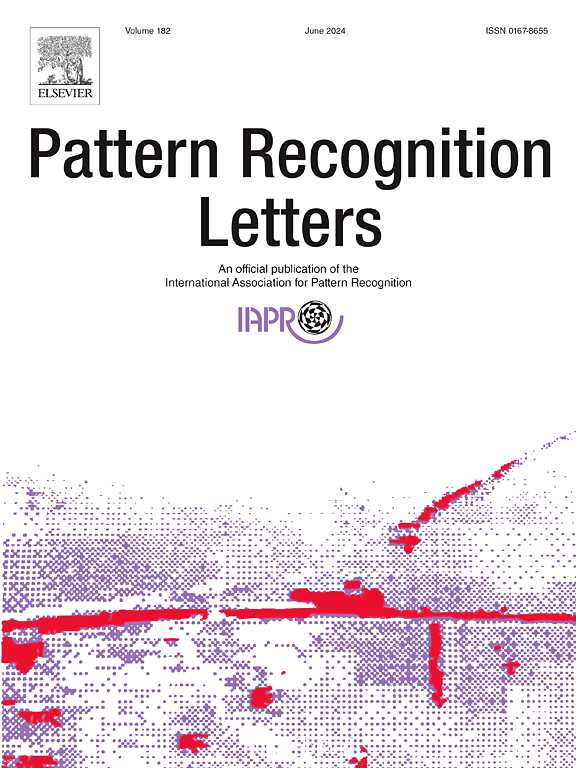A lightweight multi-scaled semantic segmentation for underground mine images
IF 3.3
3区 计算机科学
Q2 COMPUTER SCIENCE, ARTIFICIAL INTELLIGENCE
引用次数: 0
Abstract
Analyzing complex scene images in underground mines is crucial for ensuring safe coal mining.The semantic segmentation of underground objects can contribute to grasp the complex information of underground mine. However, most existing approaches lose the details of small objects, and do not utilize features across different scales effectively. Simultaneously, the extended runtime of the model hinders the timely delivery of segmentation information for the mining task. Thus, a lightweight semantic segmentation method based on the DeeplabV3+ model is proposed for image segmentation. Firstly, to reduce model complexity while improving model segmentation performance, MobileNetV2 is utilized as the backbone network. Secondly, Atrous Spatial Pyramid Mixed Pooling (ASPMP) with mixed pooling module is presented, which leverages multiscaled features extracted from different scale objects under the mine. Meanwhile, the void rate of ASPMP is optimized for better extraction of smaller underground objects. Finally, in the stage of the decoder, Feature Fusion Module(FFM) containing the channel attention mechanism is constructed for the fusion of high and low features, and the residual network structure further reduces the computational load. Experimental results show that the proposed method substantially reduces the quantity of parameters and the amount of calculation while the segmentation precision is guaranteed. The proposed method achieves a balance between accuracy and efficiency on CUMT-CMUID dataset and Cityscapes dataset.
矿井图像的轻量级多尺度语义分割
地下矿井复杂场景图像的分析是保证煤矿安全开采的关键。地下目标的语义分割有助于对地下矿山复杂信息的掌握。然而,大多数现有的方法都丢失了小物体的细节,并且不能有效地利用不同尺度的特征。同时,模型运行时的延长阻碍了挖掘任务分割信息的及时传递。为此,提出了一种基于DeeplabV3+模型的轻量级语义分割方法。首先,为了在降低模型复杂度的同时提高模型分割性能,采用MobileNetV2作为骨干网;其次,提出了带混合池化模块的空间金字塔混合池化(ASPMP)方法,该方法利用了矿井下不同尺度目标提取的多尺度特征;同时,优化了ASPMP的孔隙率,以更好地提取较小的地下目标。最后,在解码器阶段,构建包含信道关注机制的特征融合模块(Feature Fusion Module, FFM)进行高低特征融合,残差网络结构进一步降低了计算量。实验结果表明,该方法在保证分割精度的同时,大大减少了参数的数量和计算量。该方法在CUMT-CMUID数据集和cityscape数据集上实现了精度和效率的平衡。
本文章由计算机程序翻译,如有差异,请以英文原文为准。
求助全文
约1分钟内获得全文
求助全文
来源期刊

Pattern Recognition Letters
工程技术-计算机:人工智能
CiteScore
12.40
自引率
5.90%
发文量
287
审稿时长
9.1 months
期刊介绍:
Pattern Recognition Letters aims at rapid publication of concise articles of a broad interest in pattern recognition.
Subject areas include all the current fields of interest represented by the Technical Committees of the International Association of Pattern Recognition, and other developing themes involving learning and recognition.
 求助内容:
求助内容: 应助结果提醒方式:
应助结果提醒方式:


